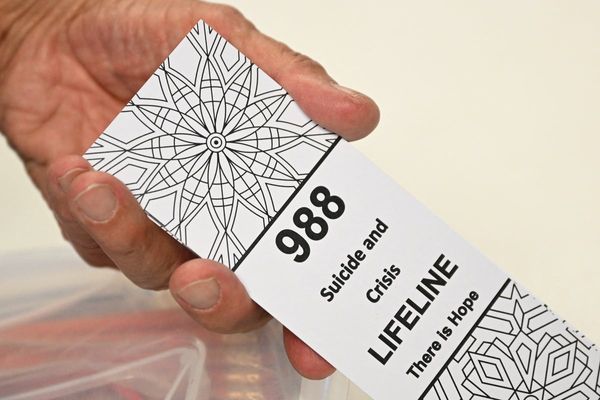
It’s not unusual for a trip through one of Ikea’s labyrinthine stores to end with a $2 hotdog, but more Australians are skipping the flat-pack furniture altogether and heading straight to the dining section.
Ikea is seeing more growth from its in-store restaurants and food offerings than its home furnishings, according to its end-of-year results released last week, with its dining sales increasing by 5% in 2023-24 even as overall sales slumped.
The Swedish group said it had been faced with a “challenging retail environment” in Australia, where it made $1.725bn in total – down 3.17% from 2022-23 – with an after-tax profit of $51.3m.
The company’s country food manager, Tim Prevade, said food sales had outpaced furniture sales for the first time in years, which he attributed to cost-of-living pressures.
“People are being a lot more careful where they spend and what they spend, and maybe cutting back on big-ticket spends,” he said. “But of course, people still need to eat … and you still want to take the family out to eat.”
Ikea’s food is relatively affordable. A dish of Swedish meatballs will set you back $12, and you can get a chicken schnitzel or a plate of fish and chips for $14, according to its website, or a lamb shoulder with couscous for $16.
Packaged food is also for sale, with a 1kg pack of frozen meatballs retailing for $16.
Prevade said the company did not publicly report exactly how much it had made from its food sales, but customers were increasingly visiting its stores just to eat at the restaurant.
Ikea used a mix of local and international food suppliers but its hotdogs and meatballs were both produced in Australia, Prevade said.
Prof Gary Mortimer, from the Queensland University of Technology business school, said the reason for the increase in food sales and decline in furniture sales was “simply the difference in price”.
Mortimer said Ikea’s food range was likely to be a loss leader, sold not to make a profit but to attract people, in the hope they would “wander through the store and pick up a few smaller items” even if they “didn’t spend $1,000 on a couch”.
Prof Nitika Garg, a consumer behaviour researcher at the University of New South Wales, said Ikea’s promotion of its food business was an example of how marketers were looking for ways to get people to spend money during a cost-of-living crisis.
“It’s not Ikea’s solution overall,” she said. “You look at Costco, Sam’s Club in the US, Ikea, [the restaurants] were not intended to be a profit maker, but with the current setup and how popular they have become, the positioning as changed.”
Sydney resident Casey Moise said she took her nieces and nephews for ice-cream at their local Ikea in Marsden Park every week and they ate a meal there once a fortnight, even if they weren’t shopping for furniture.
“It’s located in the industrial centre so normally if we’re going there we go there for Ikea,” the 26-year-old said. “But even if we’re going to Bunnings [or] JB Hifi, we stop at Ikea for dessert.”
Moise said she knew lots of people who would go to Ikea just to eat at one of its restaurants.
In November, Ikea opened its first UK standalone restaurant, next door to its west London furniture store.







